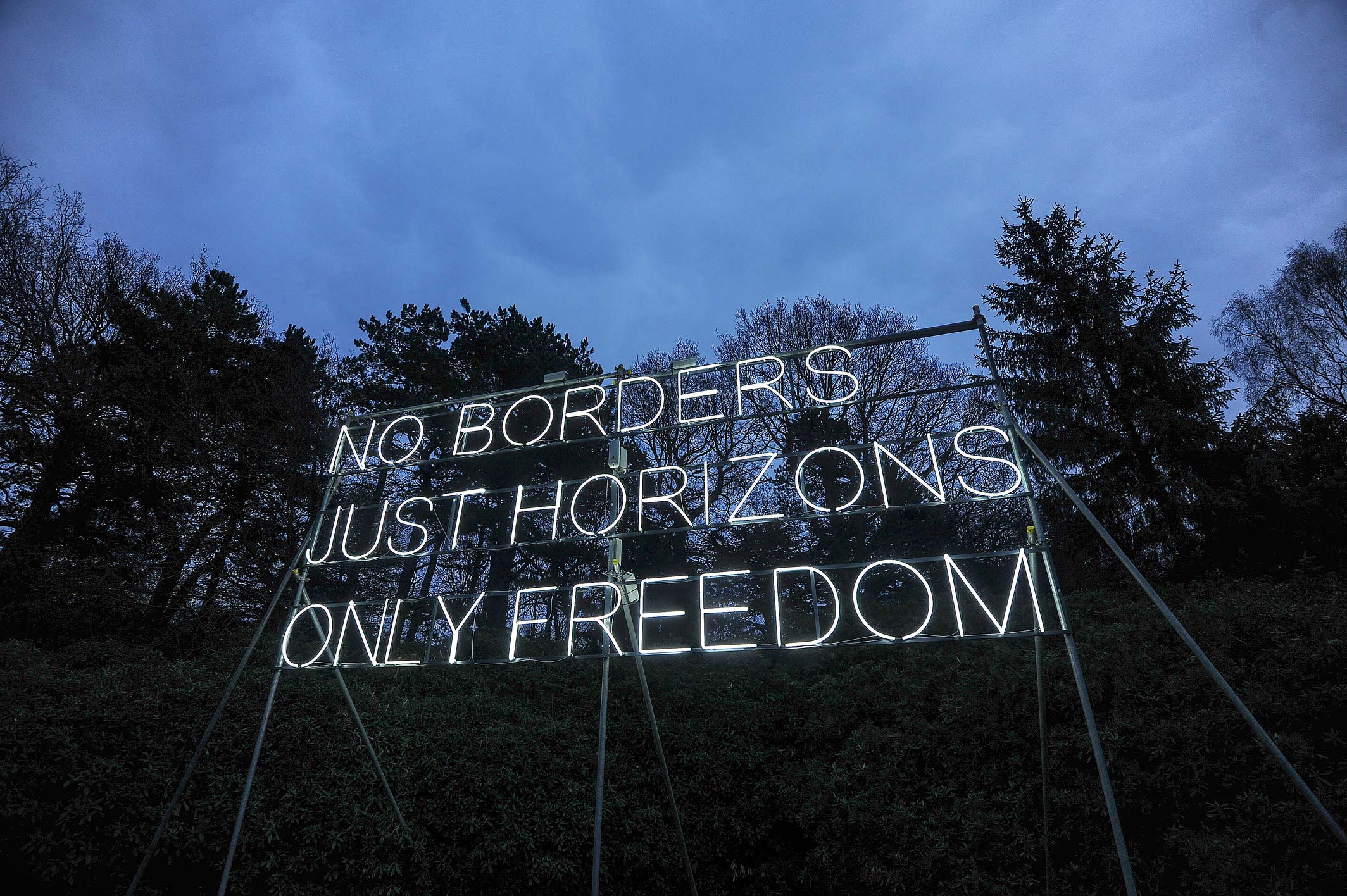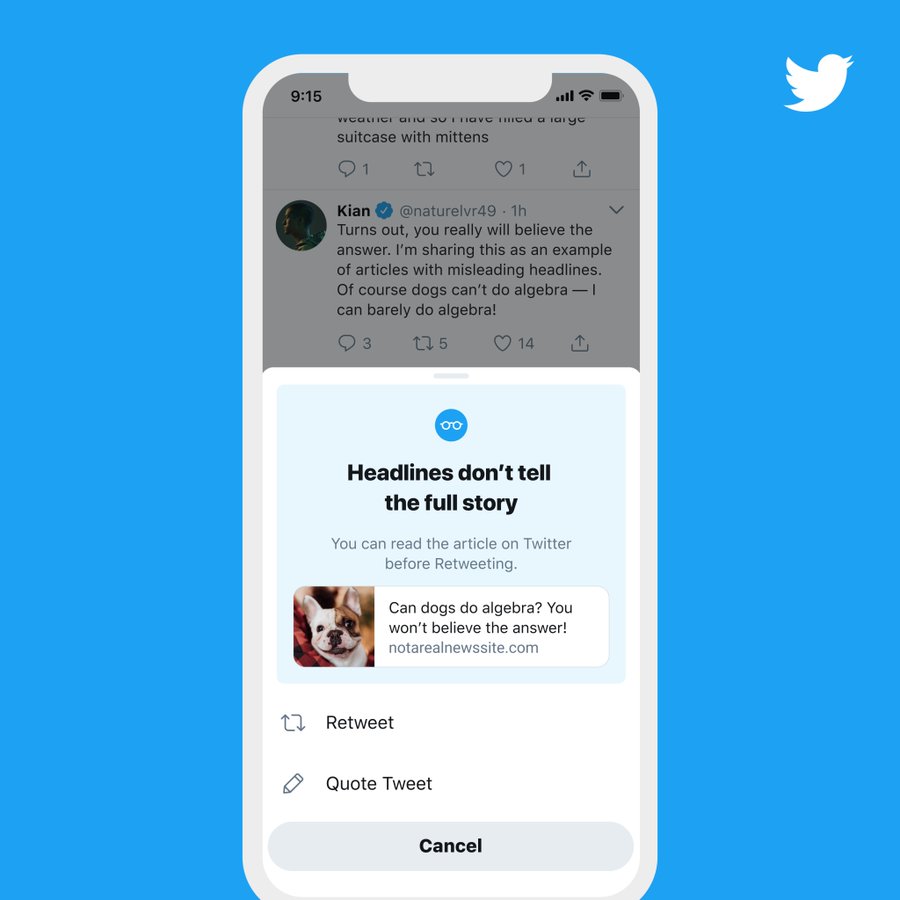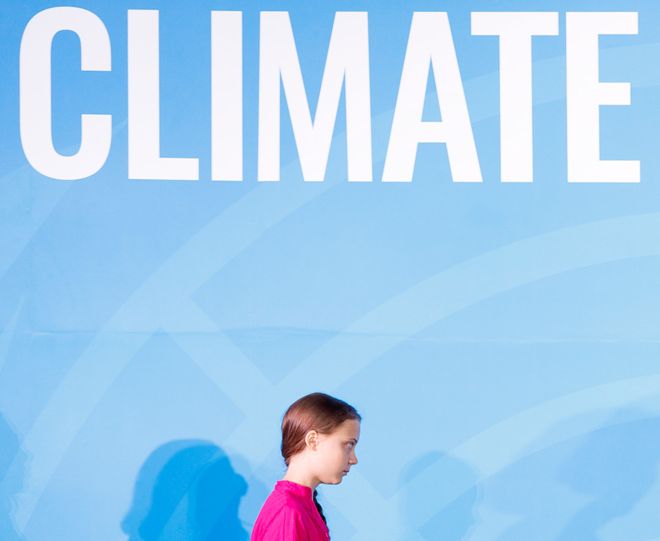This very interesting talk with Dr Richard Feynman takes on the issue of questioning everything. Scientific literacy makes you view the world in a very different way.
True Diversity Is Location Based
We humans are trying to brave a new frontier. Diversity. We are trying to create a world where everyone is happy, everywhere. But someone needs to speak the truth. That is not possible. All humans do not have the same…
Read More
Didn’t read it? Shouldn’t tweet it, Twit
Twitter says it’s working on bringing its “read the article before you retweet it” prompt to all users “soon.” The company began testing the prompt in June, which shows up when people go to retweet a story they haven’t clicked through to actually…
Read More
Call For Statements From Science Propone...
Do you feel strongly about scientific literacy? Here’s an opportunity to have your voice heard! You don’t have to be a scientist to contribute to this project! Just write up a short piece about why you feel strongly that science…
Read More
First Artificial Heart Transplant Is Old...
At least fifty calves and three human beings are living with no pulse in their bodies, thanks to an artificial pump that replaced their naturally-grown hearts – Human heart replaced by 10,000 RPM artificial pump with no pulse Despite cardiac…
Read More
Saving The Environment By Stunting Progr...
It’s really cool how everyone suddenly cares about the environment. What’s not so cool is that many of these people do not care to understand the science of what is required to fix the problem. The move towards a more…
Read More

